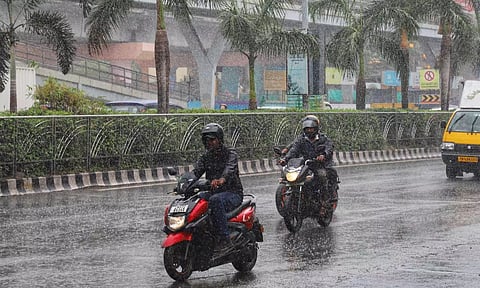

NEW DELHI: After delivering a warm 2023, El Nino conditions are set to dissipate by June raising hopes of a “bountiful monsoon”, meteorologists have predicted. Assuming El Nino would continue through the first half of 2024, the World Meteorological Organisation (WMO) had earlier predicted that 2024 would be warmer than last year.
At least two global climate agencies announced last week that El Nino has started to weaken and there is a probability of La Nina conditions setting in by August.
Weather scientists in India said La Nina conditions setting in by June-August could mean monsoon rains would be better this time compared to last year.
Madhavan Rajeevan, former secretary, Ministry of Earth Sciences, said there was a good probability of La Nina developing by June-July. “Even if El Nino transitions into ENSO-neutral conditions (neither El Nino nor La Nina), the monsoon this year should be better than the last year.”
“Currently, we cannot say anything with certainty. Some models indicate La Nina, while some predict ENSO-neutral conditions. However, all models suggest an end to El Nino,” D Sivananda Pai, a senior scientist at the India Meteorological Department, said.
“But even if El Nino transitions into ENSO-neutral conditions, the monsoon should be better than last year,” he said.
India received “below-average” cumulative rainfall of 820 mm compared to the long-period average of 868.6 mm in the 2023 season, which was attributed to a strengthening El Nino.
Roxy Mathew Koll, a climate scientist at the Indian Institute of Tropical Meteorology, said latest forecasts indicate a quick transition to La Nina by June, which could result in an on-time and bountiful monsoon.
“At the same time, if high temperatures continue, it would mean intense cyclones and extreme rains too,” he said.Koll said global temperature anomalies might continue despite the transition. “We might think that a La Nina might result in a symmetrical effect, but it doesn’t have the same intensity as that of an El Nino. So the cooling-compensation effect that we might expect will be subdued. In fact, we have had warmer years during La Nina in the recent period, warmer than El Nino years in the past,” the scientist said.